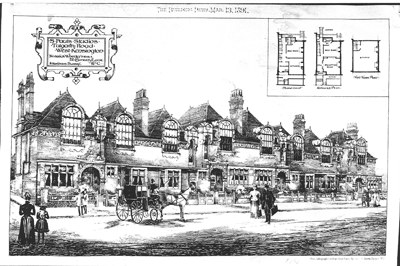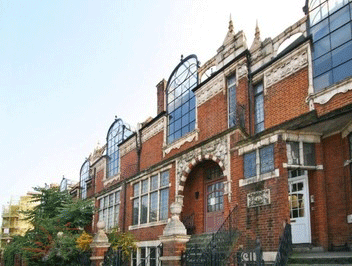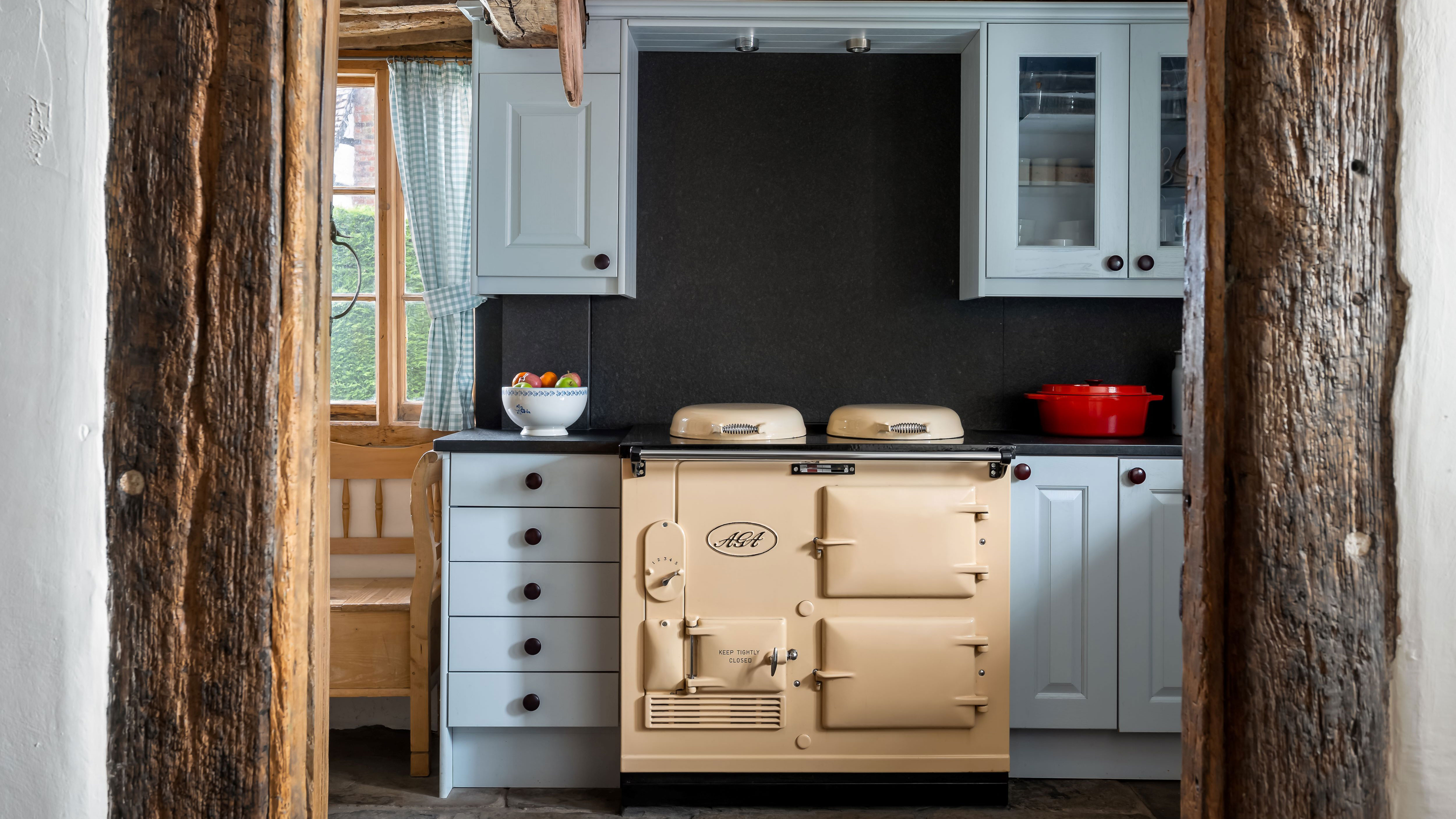Studios with an artistic past
Melanie takes a look at a row of unique properties built at the end of the 19th century and which housed some very successful artists

This row of artists' studios along Talgarth Road make up some of the most eye-catching homes in London, featuring the large round-headed windows, with ornate red brick and terracotta exterior. Originally named ‘St Paul's Studios', these uniquely designed homes were completed in 1891 and targeted towards the many artists (particularly bachelor artists) living and working around Kensington and Fulham. The particular studio for sale with Chesterton Humberts, No.143 Talgarth Road was formerly known as No.5 St Paul's Studios and has been the home of many notable artists.

The studios were designed by Frederick Wheeler for fine art publisher, James Fairless and were quickly taken up, with all homes occupied by 1892. One of the first well-known artists to move into No.5 was , an illustrator and forerunner of today's photo-journalists. Sheldon-Williams worked as an artist during the Boer War before moving to the studio. He later worked as an artist during World War I when he became an official Canadian war artist.
One of the most notable artists to live at No.5 St Paul's Studios was Mr. William Logsdail, a prolific artist, having exhibited at the Royal Academy at the age of 18 and receiving royal favour from Queen Victoria and King Umberto of Italy. Logsdail is most remembered for his scenes of London, including ‘St Martin-in-the-Fields', ‘St Paul's and Ludgate Hill' and ‘The Bank and Royal Exchange'. Logsdail lived and worked in the house from 1903 until 1922, when the house became the home of George Kruger Gray.

William Logsdale's St-Martin-in-the-Fields
George Kruger Gray was another prolific artist most remembered for his stained glass windows and in particular for his heraldic designs for coins and medals. His designs appeared on many Commonwealth coins, including Australia, New Zealand and Canada, as well as British coins between 1927 and 1952. Kruger Gray also served with the Artists Rifles during World War I and was created C.B.E. in 1938.
During 1949 and 1950 No.5 St Paul's Studios became the home of an author rather than an artist. Ernest Gébler wrote a number of significant books, including ‘The Voyage of the Mayflower', which sold five million copies and was made into a film with Spencer Tracy. His play ‘Call Me Daddy' was made into a Television drama and earned him an Academy Award in 1968. Ernest Gébler was also husband of Irish author, Edna O'Brian and father of author, Carlo Gébler.

St Paul's Studios today
Exquisite houses, the beauty of Nature, and how to get the most from your life, straight to your inbox.
No.5 St Paul's Studios was officially renamed No.143 Talgarth Road during the 1960s, by which time it had become a dance school for the ‘Margaret Morris Movement'. It remained a dance studio until the late 1980s, at which point the house was bought by interior designer, Allan Day. Allan Day then set about restoring the house back to its former glory, in the style reminiscent of the artists of the late 19th century.
* More information about No.143 Talgarth Road
Country Life is unlike any other magazine: the only glossy weekly on the newsstand and the only magazine that has been guest-edited by His Majesty The King not once, but twice. It is a celebration of modern rural life and all its diverse joys and pleasures — that was first published in Queen Victoria's Diamond Jubilee year. Our eclectic mixture of witty and informative content — from the most up-to-date property news and commentary and a coveted glimpse inside some of the UK's best houses and gardens, to gardening, the arts and interior design, written by experts in their field — still cannot be found in print or online, anywhere else.
-
 It'd be crazy to buy this 500-year-old farmhouse just because of its utterly gorgeous Aga — so thank goodness that the rest of this place is also really nice
It'd be crazy to buy this 500-year-old farmhouse just because of its utterly gorgeous Aga — so thank goodness that the rest of this place is also really nicePerry Mill Farm is an immaculate yet characterful four-bedroom dream home in the country at a price that will make city dwellers immediately start Googling 'working from Worcestershire'.
By Toby Keel Published
-
 What is a boilie and what does it do? Discover this and other useful knowledge in the Country Life Quiz of the Day, December 3, 2025
What is a boilie and what does it do? Discover this and other useful knowledge in the Country Life Quiz of the Day, December 3, 2025Boilies, Stephen King, Scottish rivers, pink houses and some other stuff. Best get your quiz on.
By Country Life Published

